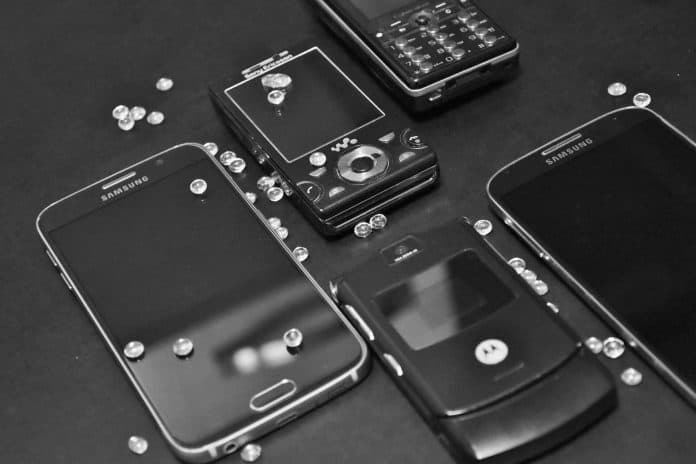In Japan, flip phones are still commonplace.
While Americans duke it out over the Samsung S8 and iPhone 7s, a sizable segment of Japanese consumers seems stuck in the past. Low-cost “feature phones” remain popular options, despite—and, in fact, because of—their relatively simple technology.
Many Japanese refer to the phones as garakei, which roughly translates to “Galapagos phone.” The name is a reference to the famously isolated Galapagos Islands and the islands’ unique wildlife; the feature phones are unique to the needs of Japanese consumers.

So, what’s the allure? For starters, flip phones are durable, as they don’t take on scratches and cracks from a single drop. They’re fairly inexpensive, too, and they can hold a battery charge for several days—a practical feature for Japanese business people who often work far more than 40 hours per week.
Many of the phones also have specialized features to broaden their appeal. One recent release from Kyocera features an ultra-tough design capable of rain, snow, sand, dust, and ice. It also packs in a 13 megapixel camera. Another Kyocera phone could be held under running water (useful if you drop your phone in a vat of honey, although we’re not sure if that’s a common situation). Most of the phones feature built-in web browsers, although the Galapagos phones’ online capabilities are limited compared to modern smartphones.
In 2014, Japan produced 10.58 million units of flip phones, according to Forbes. Many Japanese seem unwilling to give up the old tech, and they don’t see a reason to change course.
However, analysts say that Japan’s flip-phone fascination is ending.
While sales jumped in 2014, flip phones have lost their allure with Japanese consumers. By 2015, flip-phones comprised only 20 percent of new phones sold. The younger generations appreciate smartphones’ messaging apps and enhanced functionality (you’re definitely not playing Pokémon Go on a Galapagos phone).

Some manufacturers have attempted to keep their flip phones popular by introducing smartphone apps and features. Several years ago, NTT Docomo Inc. and KDDI Corp. released a clamshell phone powered by Google’s Android operating system.
“There are users who just need (to make) telephone calls and (send or receive) emails. It would be best for us if they change to smartphones, but we’ve heard many voices from users (who want Galapagos phones)…we will keep providing them,” Docomo President Kaoru Kato said.
But that wasn’t quite enough to stave off the changing times.
The word garakei has become something of an insult, used by the younger generation to mock the isolationist tendencies of older Japanese. Japan does, after all, usually embrace new technologies like 3G mobile internet, which was widely marketed in Japan long before U.S. consumers received 3G access. Japanese companies also introduced the world’s first camera phone.
In 2019, flip phone sales are still prominent. “We sell between 200 and 300 flip phones a month,” Asami Yokoyama, manager of Keitai Ichiba Co., tells The Mainichi. Many people have started carrying multiple phones; a flip phone for calls, and a smartphone for more connectivity and app usage. Flip phones are also a great option for younger kids, as a less, uh, risky option.

Visit Japan, and you’ll still see flip phones in quite a few places, especially if you visit a major city. But, change is inevitable. Japan may have taken a while to embrace the smartphone, but even on the islands of Galapagos, evolution eventually will take its toll.


